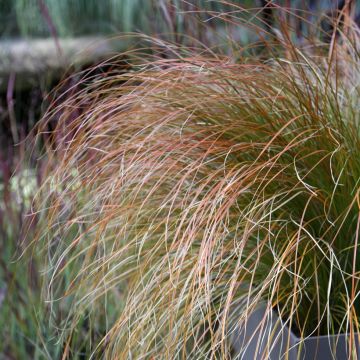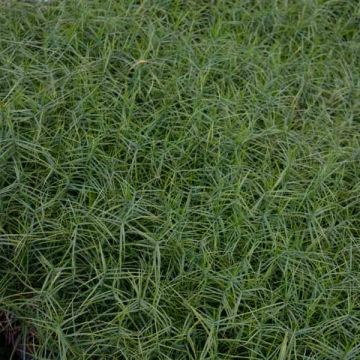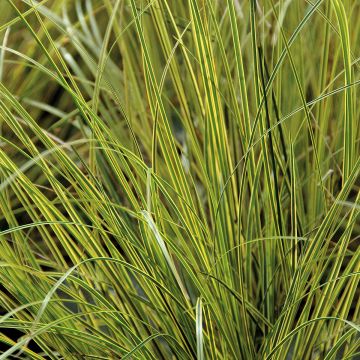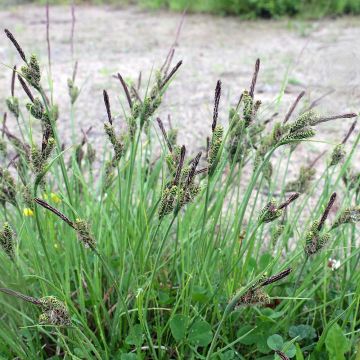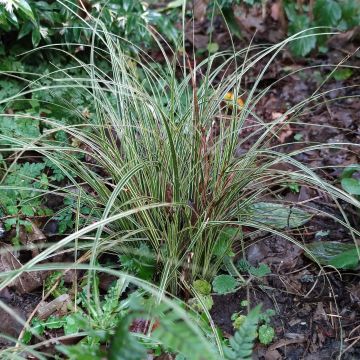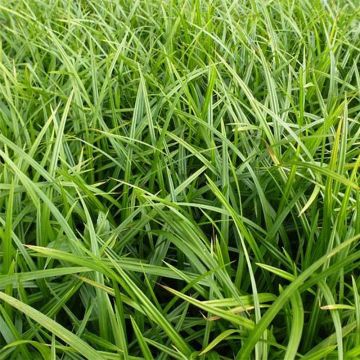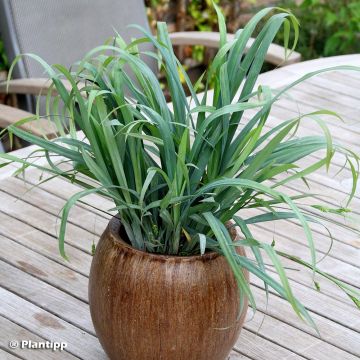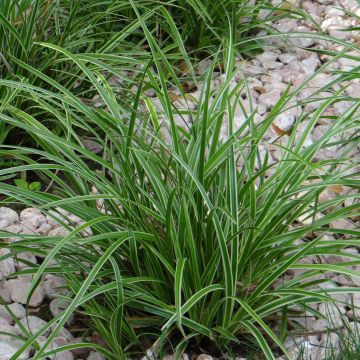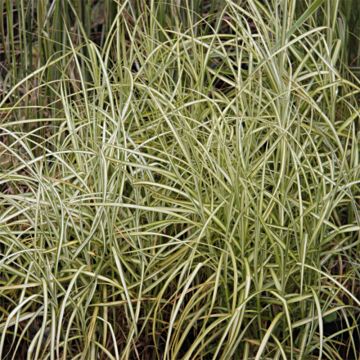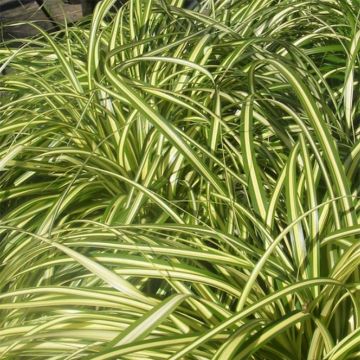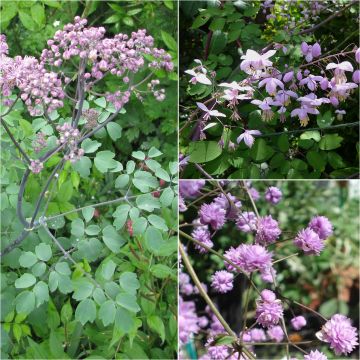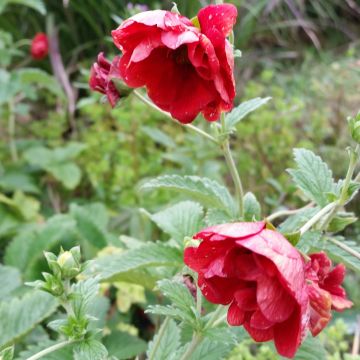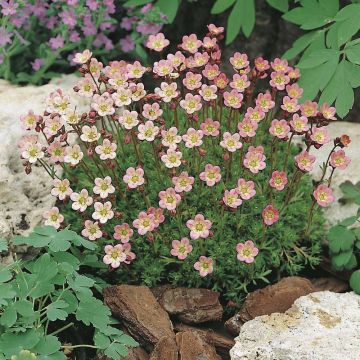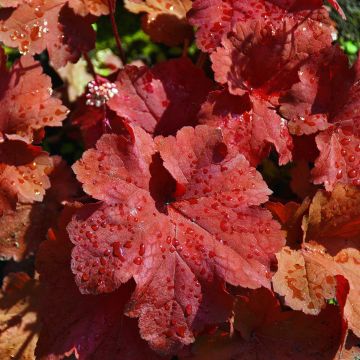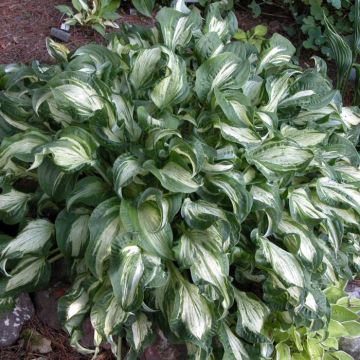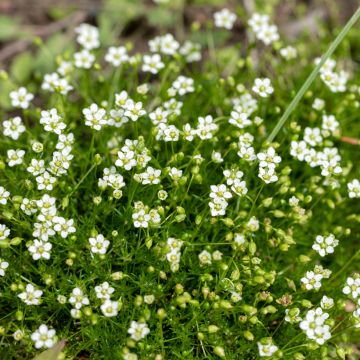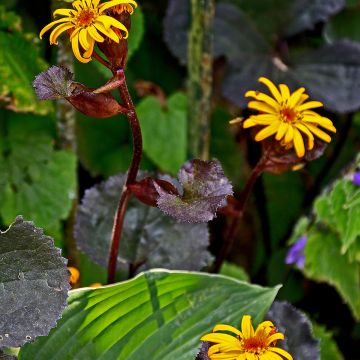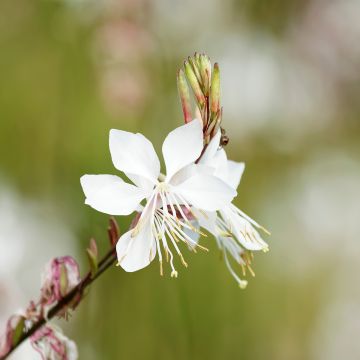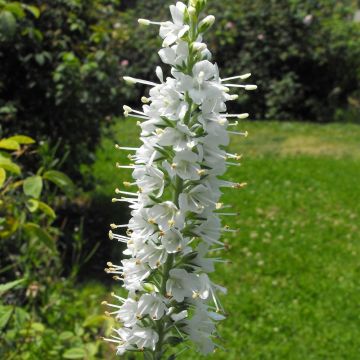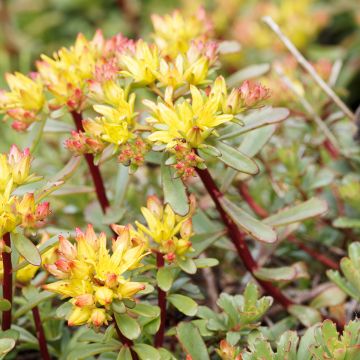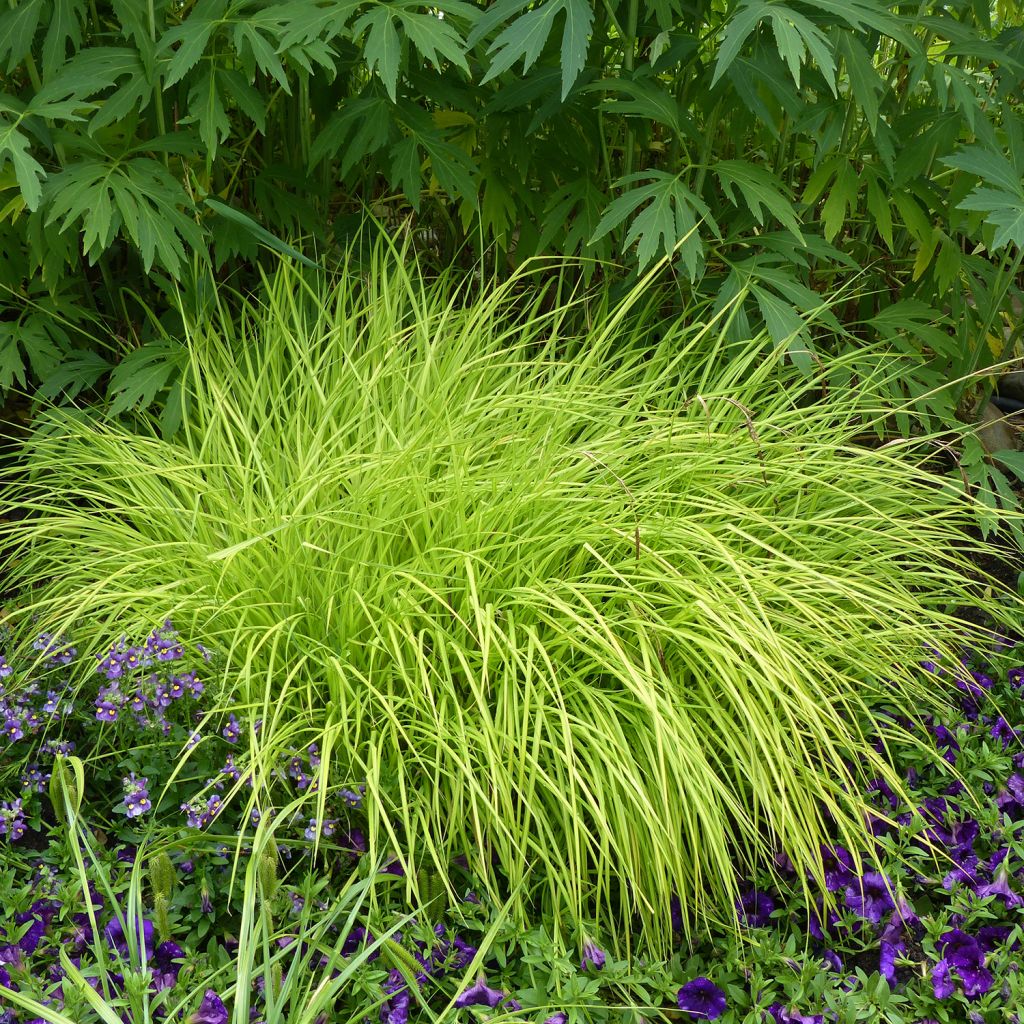

Carex elata Aurea
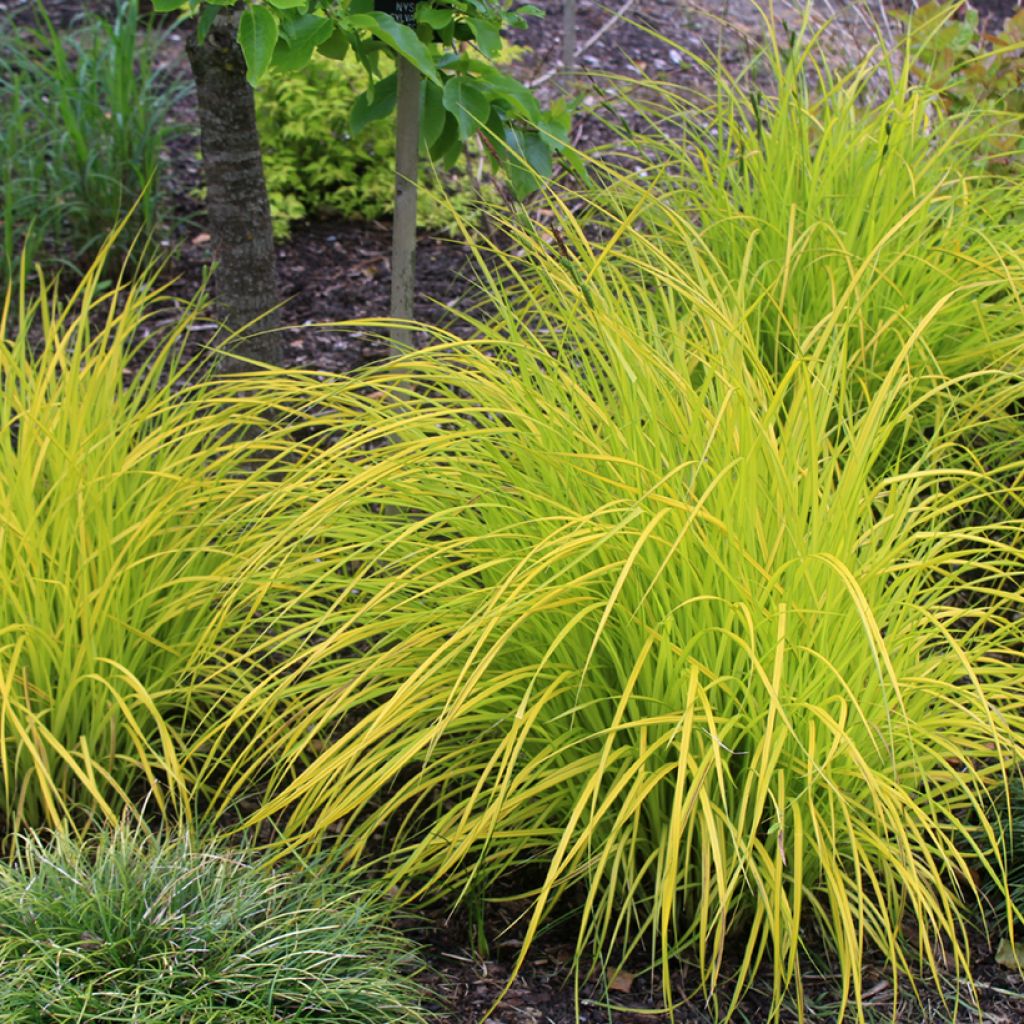

Carex elata Aurea
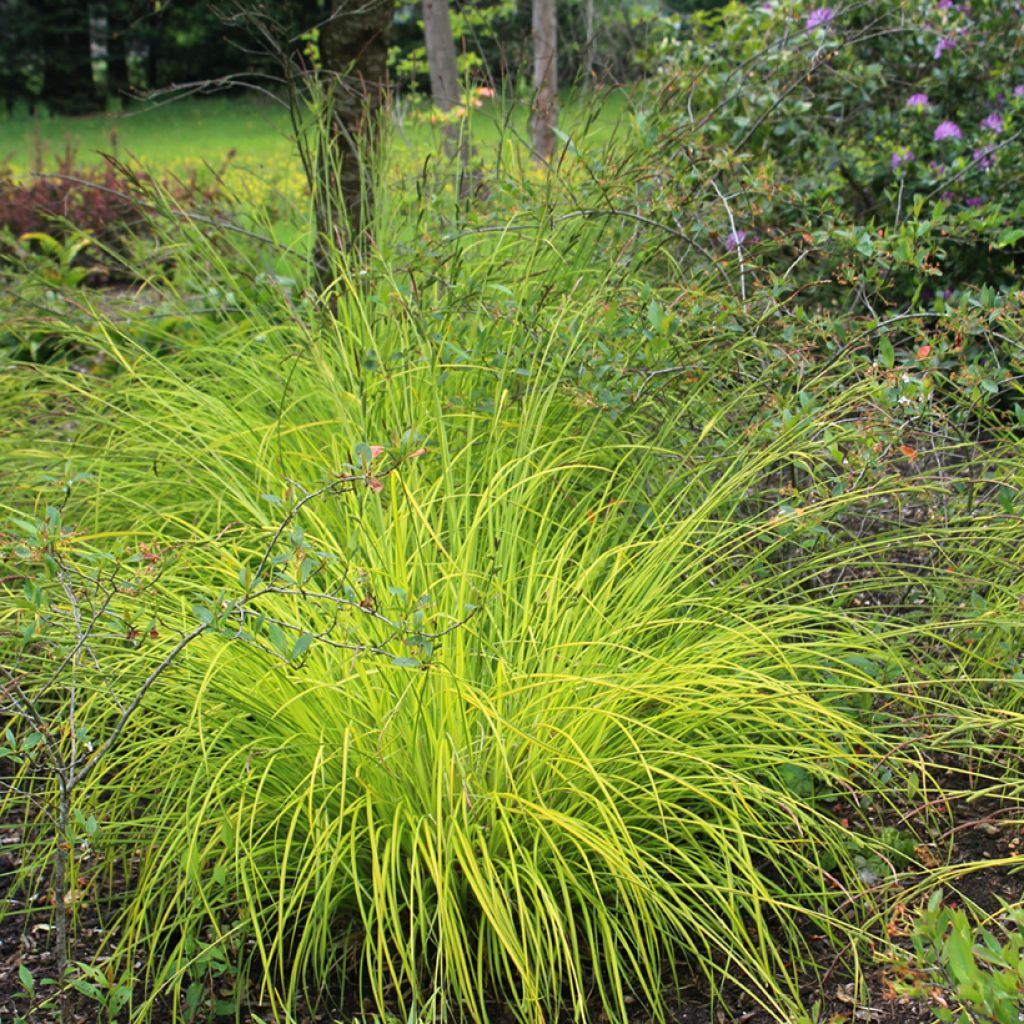

Carex elata Aurea
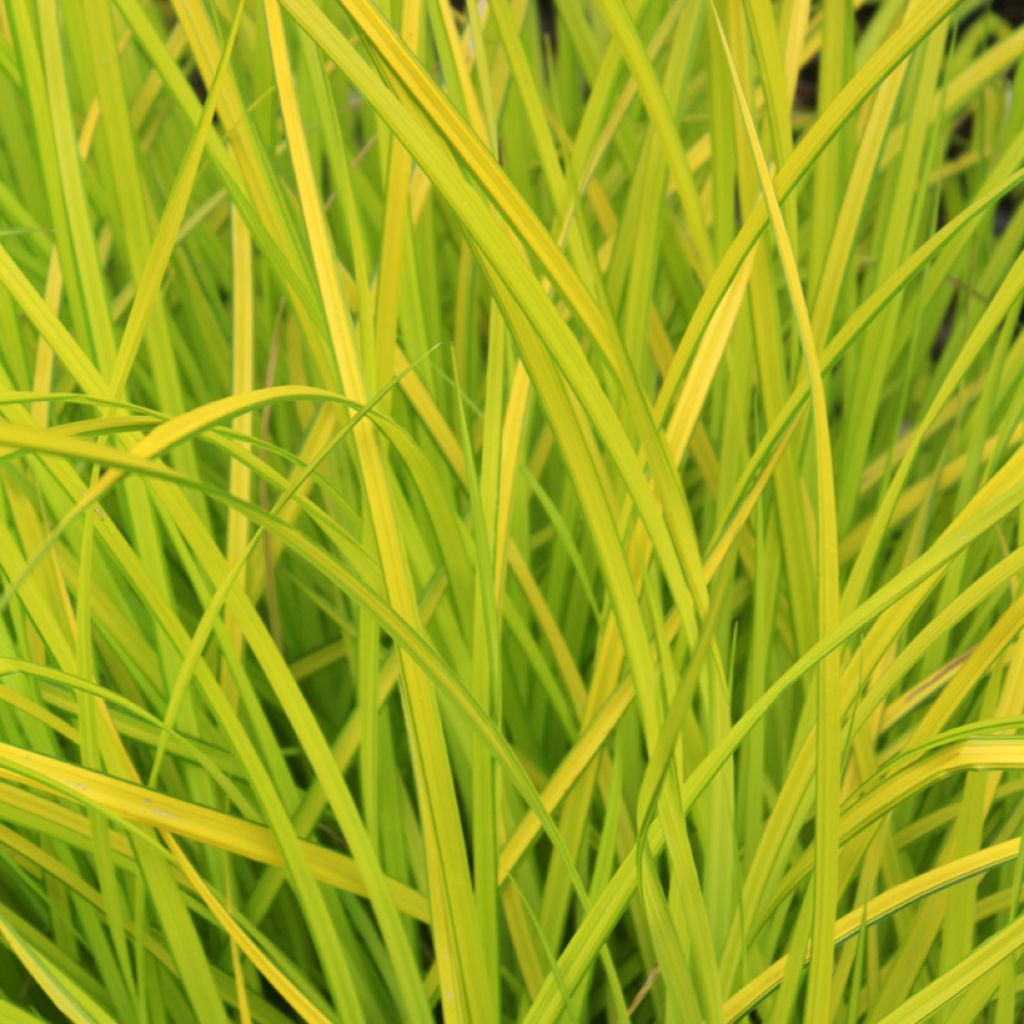

Carex elata Aurea
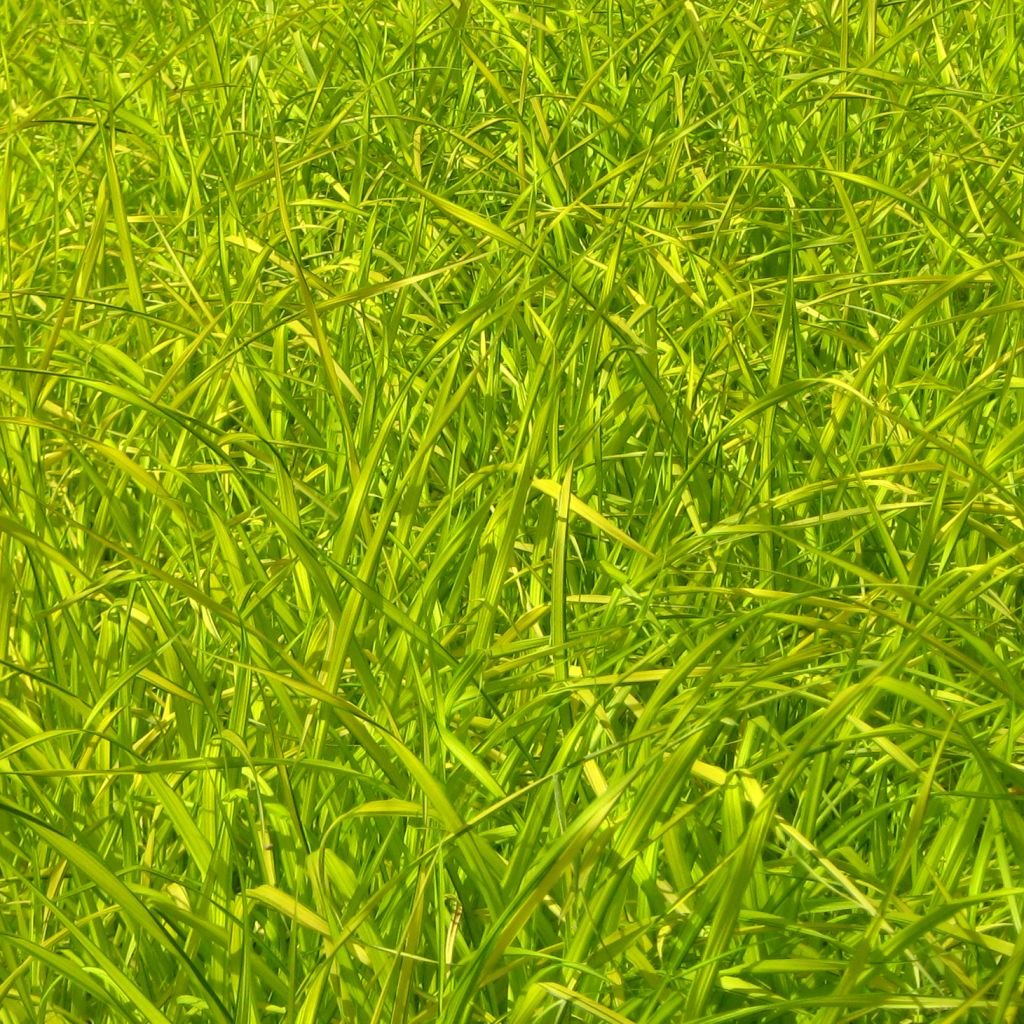

Carex elata Aurea
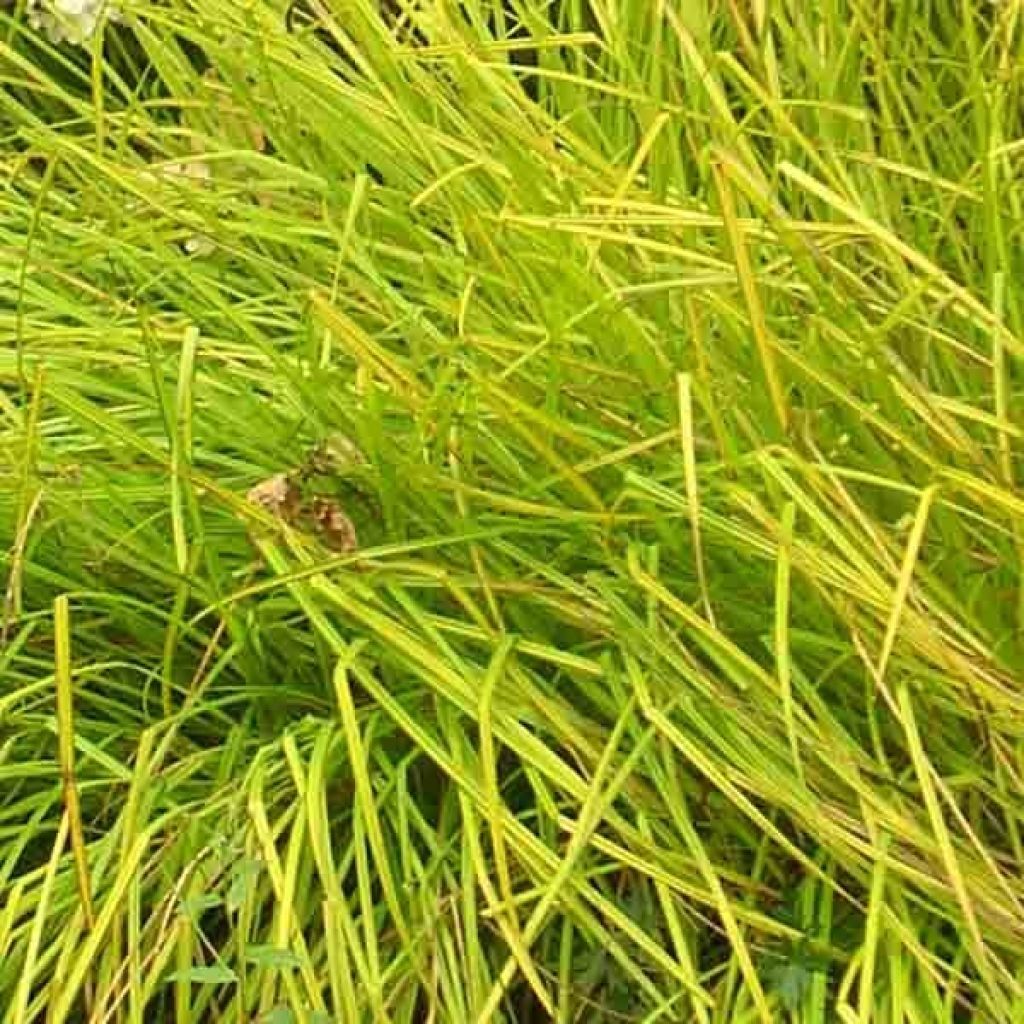

Carex elata Aurea
Carex elata Aurea
Carex elata Aurea
Bowles's golden Sedge, Tufted Sedge, Black Sedge
This item cannot be shipped to the selected country
Delivery charge from €5.90
Delivery charge from €5.90
More information
Schedule delivery date,
and select date in basket
This plant carries a 12 months recovery warranty
More information
We guarantee the quality of our plants for a full growing cycle, and will replace at our expense any plant that fails to recover under normal climatic and planting conditions.
From €5.90 for pickup delivery and €6.90 for home delivery
Express home delivery from €8.90.
From €5.90 for pickup delivery and €6.90 for home delivery
Express home delivery from €8.90.

Does this plant fit my garden?
Set up your Plantfit profile →
Description
Carex elata 'Aurea' is a variety of high sedge with interesting golden foliage. The foliage is particularly remarkable in spring, as its sunny colour becomes even more vibrant when the plant is exposed to sunlight. It is a marsh plant that resembles a grass. It forms a flexible and graceful clump of long, slender, slightly arched leaves, from which long stems with fine brown spikes emerge in spring. Its growth dries up in winter, but its hardy stump can withstand severe frost. It can tolerate being submerged under 10cm (4in) of water.
Carex elata belongs to the Cyperaceae family, just like Papyrus. It is native in altitudes of 1500m (4921ft). It is found in very wet places, in more or less stagnant water (lakes, backwaters of rivers, pond edges), often on muddy bottoms covered by less than 30cm (12in) of water.
The 'Aurea' form distinguishes itself with the yellow hue of its foliage, which is particularly pronounced in spring. This sedge forms a dense clump with a rounded and spreading habit, reaching a height of 60 to 70cm (24 to 28in) when flowering, and 40cm (16in) for the foliage. It spreads slowly, occupying up to 40cm (16in) of ground. Its thin and linear leaves show a golden central zone bordered by bright green. They are slightly arched and measure 40 to 60cm (16 to 24in) long and 3 to 5mm (1in) in diameter. From May to June, 3cm (1in) long slender brown spikes appear, perched 60cm (24in) above the ground on thin stems. The green and smooth fruits have a small terminal point. All above-ground vegetation dies in winter and the vegetation restarts in spring.
This carex can be placed in shallow water and wherever the soil tends to be marshy. It is naturally suitable for ornamental ponds, but also for landscaping waterlogged beds, alongside meadowsweet Filipendula ulmaria. For example, combine it with Acorus calamus 'Variegatus' (variegated sweet flag), Caltha palustris (marsh marigold), or a lovely horsetail like Equisetum japonicum. It pairs particularly well with blue hostas in wet soil.
A plant useful for biodiversity: when submerged, the stump of this plant serves as a refuge for small crustaceans, aquatic gastropods, fry and small fish, bryozoans, newts, and frogs. It also hosts numerous microorganisms that are beneficial for water balance.
Report an error about the product description
Carex elata Aurea in pictures
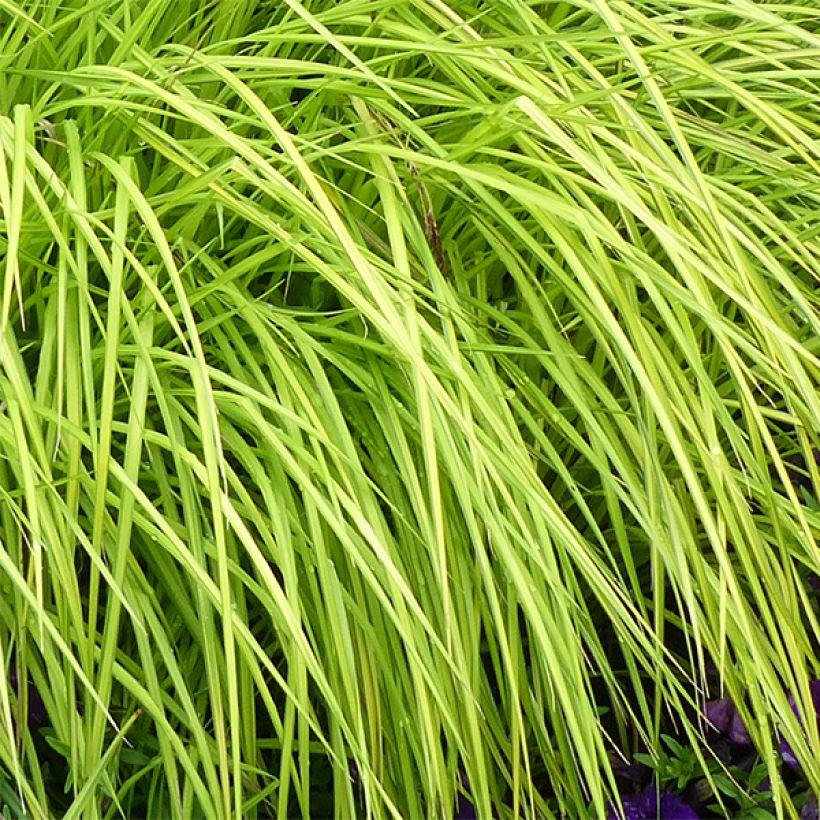

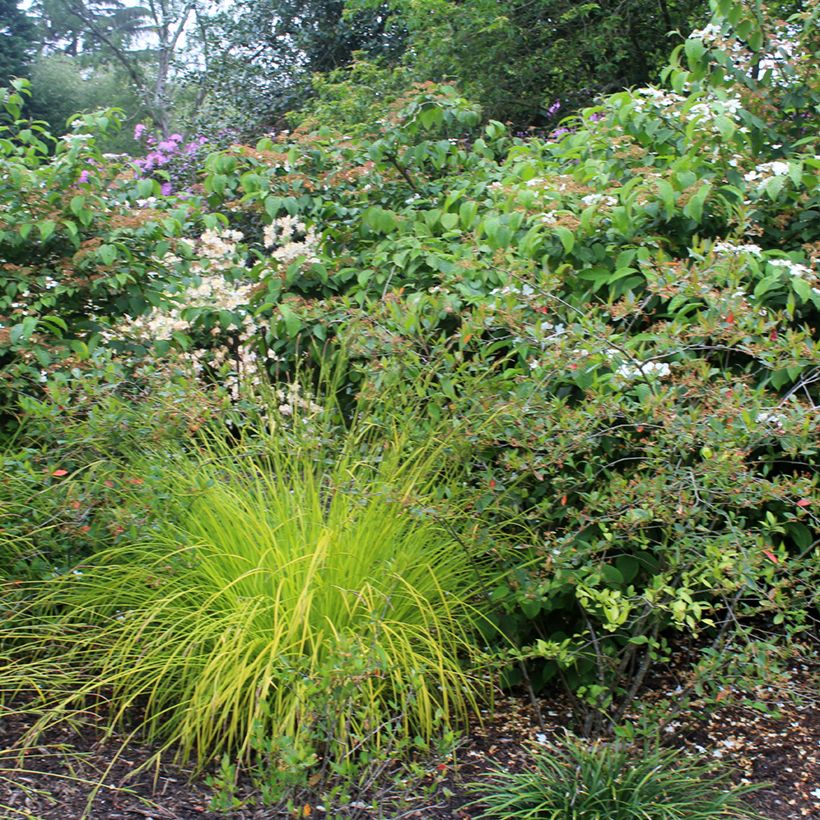

Flowering
Foliage
Plant habit
Botanical data
Carex
elata
Aurea
Cyperaceae
Bowles's golden Sedge, Tufted Sedge, Black Sedge
Cultivar or hybrid
Other Carex
Planting and care
Carex elata 'Aurea' appreciates both sunlight and partial shade. A sunny exposure will enhance the golden colour of the foliage. Place it in fertile, humus-rich or clayey soil without too much limestone. The soil should be moist or marshy, submerged up to 10cm (4in) deep. Prepare a planting hole that is 20x20x20cm (8x8x8in) in size. If your soil is heavy, mix some compost with the crumbled soil, partially fill the hole, and place your plant so that the top of the root ball is covered with 3cm (1in) of soil. Firmly press down and water generously to eliminate air pockets. In dry weather, you will need to water regularly for a few weeks to facilitate the establishment of your young plant.
Cut the flower spikes before they ripen to prevent the seeds from spreading, as Carex can become invasive. The grasses remain decorative all year round but renew their foliage in spring, so we recommend pruning your plants to 10cm (4in) in late winter to clean them up and make room for new foliage.
Planting period
Intended location
Care
-
, onOrder confirmed
Reply from on Promesse de fleurs
Summer flowering perennials
Haven't found what you were looking for?
Hardiness is the lowest winter temperature a plant can endure without suffering serious damage or even dying. However, hardiness is affected by location (a sheltered area, such as a patio), protection (winter cover) and soil type (hardiness is improved by well-drained soil).

Photo Sharing Terms & Conditions
In order to encourage gardeners to interact and share their experiences, Promesse de fleurs offers various media enabling content to be uploaded onto its Site - in particular via the ‘Photo sharing’ module.
The User agrees to refrain from:
- Posting any content that is illegal, prejudicial, insulting, racist, inciteful to hatred, revisionist, contrary to public decency, that infringes on privacy or on the privacy rights of third parties, in particular the publicity rights of persons and goods, intellectual property rights, or the right to privacy.
- Submitting content on behalf of a third party;
- Impersonate the identity of a third party and/or publish any personal information about a third party;
In general, the User undertakes to refrain from any unethical behaviour.
All Content (in particular text, comments, files, images, photos, videos, creative works, etc.), which may be subject to property or intellectual property rights, image or other private rights, shall remain the property of the User, subject to the limited rights granted by the terms of the licence granted by Promesse de fleurs as stated below. Users are at liberty to publish or not to publish such Content on the Site, notably via the ‘Photo Sharing’ facility, and accept that this Content shall be made public and freely accessible, notably on the Internet.
Users further acknowledge, undertake to have ,and guarantee that they hold all necessary rights and permissions to publish such material on the Site, in particular with regard to the legislation in force pertaining to any privacy, property, intellectual property, image, or contractual rights, or rights of any other nature. By publishing such Content on the Site, Users acknowledge accepting full liability as publishers of the Content within the meaning of the law, and grant Promesse de fleurs, free of charge, an inclusive, worldwide licence for the said Content for the entire duration of its publication, including all reproduction, representation, up/downloading, displaying, performing, transmission, and storage rights.
Users also grant permission for their name to be linked to the Content and accept that this link may not always be made available.
By engaging in posting material, Users consent to their Content becoming automatically accessible on the Internet, in particular on other sites and/or blogs and/or web pages of the Promesse de fleurs site, including in particular social pages and the Promesse de fleurs catalogue.
Users may secure the removal of entrusted content free of charge by issuing a simple request via our contact form.
The flowering period indicated on our website applies to countries and regions located in USDA zone 8 (France, the United Kingdom, Ireland, the Netherlands, etc.)
It will vary according to where you live:
- In zones 9 to 10 (Italy, Spain, Greece, etc.), flowering will occur about 2 to 4 weeks earlier.
- In zones 6 to 7 (Germany, Poland, Slovenia, and lower mountainous regions), flowering will be delayed by 2 to 3 weeks.
- In zone 5 (Central Europe, Scandinavia), blooming will be delayed by 3 to 5 weeks.
In temperate climates, pruning of spring-flowering shrubs (forsythia, spireas, etc.) should be done just after flowering.
Pruning of summer-flowering shrubs (Indian Lilac, Perovskia, etc.) can be done in winter or spring.
In cold regions as well as with frost-sensitive plants, avoid pruning too early when severe frosts may still occur.
The planting period indicated on our website applies to countries and regions located in USDA zone 8 (France, United Kingdom, Ireland, Netherlands).
It will vary according to where you live:
- In Mediterranean zones (Marseille, Madrid, Milan, etc.), autumn and winter are the best planting periods.
- In continental zones (Strasbourg, Munich, Vienna, etc.), delay planting by 2 to 3 weeks in spring and bring it forward by 2 to 4 weeks in autumn.
- In mountainous regions (the Alps, Pyrenees, Carpathians, etc.), it is best to plant in late spring (May-June) or late summer (August-September).
The harvesting period indicated on our website applies to countries and regions in USDA zone 8 (France, England, Ireland, the Netherlands).
In colder areas (Scandinavia, Poland, Austria...) fruit and vegetable harvests are likely to be delayed by 3-4 weeks.
In warmer areas (Italy, Spain, Greece, etc.), harvesting will probably take place earlier, depending on weather conditions.
The sowing periods indicated on our website apply to countries and regions within USDA Zone 8 (France, UK, Ireland, Netherlands).
In colder areas (Scandinavia, Poland, Austria...), delay any outdoor sowing by 3-4 weeks, or sow under glass.
In warmer climes (Italy, Spain, Greece, etc.), bring outdoor sowing forward by a few weeks.

































